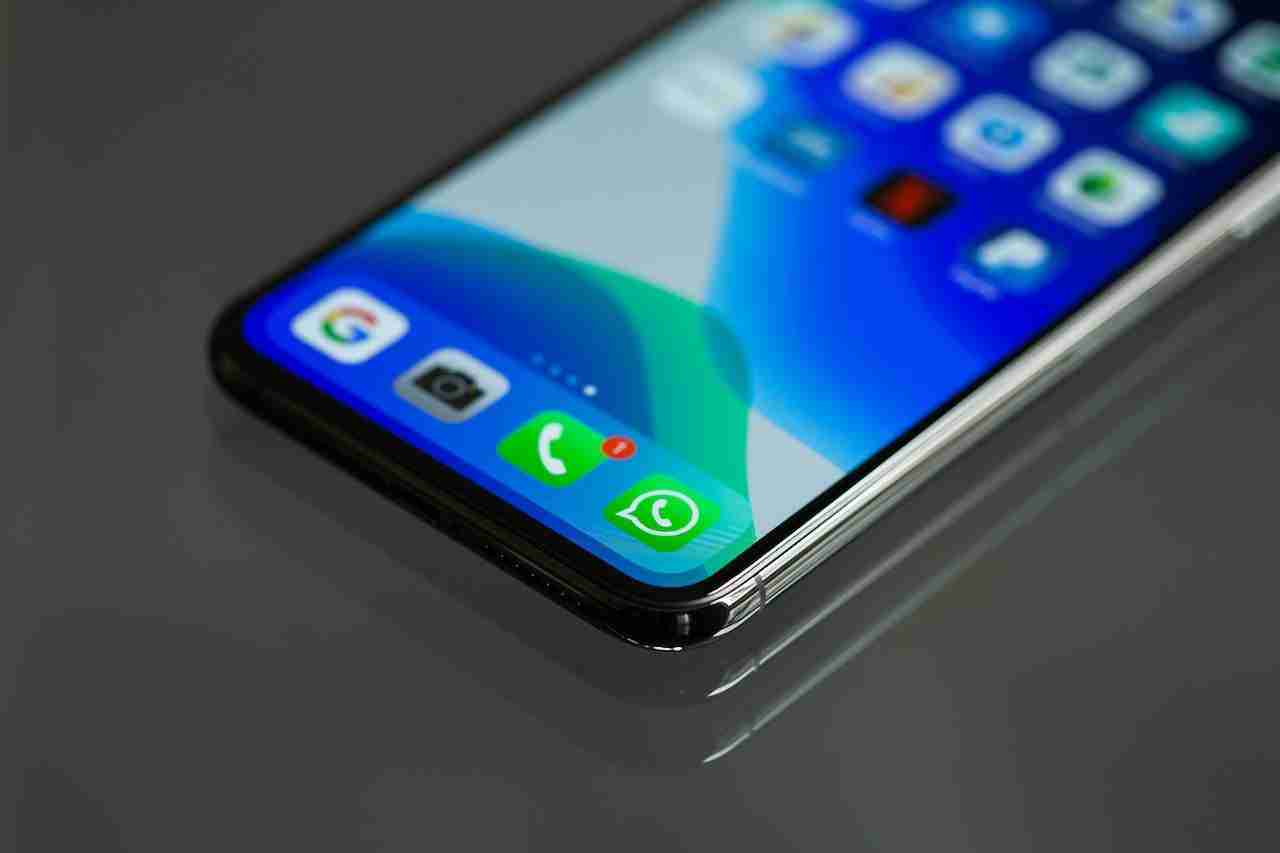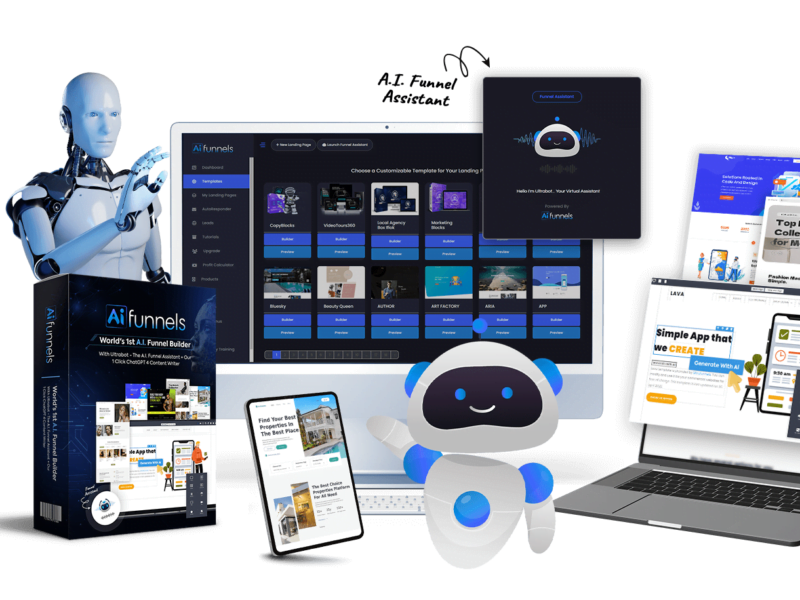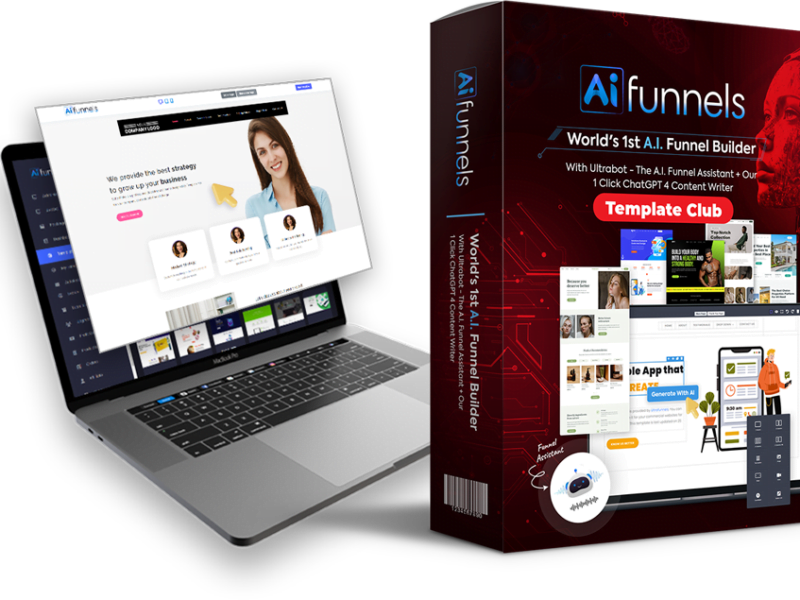The Google Play Store is an online marketplace for Android apps, games, and digital content. It is operated by Google and is the official app store for Android devices.
The Play Store offers a wide range of apps and games, including free and paid options, and allows developers to distribute their apps to a global audience.
Android users can access the Google Play Store through the Play Store app on their devices or through a web browser on a computer.
The Play Store offers a variety of categories and collections of apps, making it easy for users to discover new and popular apps.
Developers can publish their apps on the Google Play Store by creating a Google Play Console account and submitting their apps for review.
There are certain guidelines and policies that must be followed when publishing apps on the Google Play Store, such as ensuring that the app is safe and complies with Google’s content policies.
Developers can monetize their free apps on the Google Play Store through various methods, such as in-app advertising, in-app purchases, sponsorships, freemium models, or donations.
These methods allow developers to earn revenue from their apps while offering a free or low-cost option to users.
In summary, the Google Play Store is a valuable resource for Android users and developers alike. It provides a platform for developers to distribute their apps to a global audience and for users to discover new and popular apps.
By following the guidelines and best practices provided by Google, developers can publish successful apps that reach a wide audience and generate revenue through various monetization methods.
Read more:-
Visible Android Application On Google Play Store
5 Steps To Uninstall Google Play Store
How Developers Get Paid for Putting Free Apps on the Google Play Store
The Google Play Store is home to millions of free and paid apps that are available for Android users worldwide.
While many users enjoy downloading free apps, few may realize that developers can still earn revenue from these apps through various monetization strategies.
In this article, we will explore how developers get paid for putting free apps on the Google Play Store.
Monetization Strategies for Free Apps on the Google Play Store
1. In-App Advertising
One of the most common ways that developers earn revenue from free apps is through in-app advertising. Advertisers pay to have their ads displayed within the app, and the developer earns a share of the revenue generated by the ad network.
There are several types of ad formats that developers can choose from, including banners, interstitials, rewarded videos, and native ads.

The amount of revenue earned from in-app advertising depends on several factors, including the quantity and quality of ads displayed, the geographical location of the users, and the number of clicks or impressions generated.
2. In-app purchases
Developers can offer a variety of purchase options within their free apps, such as one-time purchases, subscriptions, or consumable items. One-time purchases provide users with a single transaction to unlock premium features or content.
Subscriptions offer access to premium features on a recurring basis, often with a free trial period. Consumable items are virtual goods that users can purchase and consume, such as additional game lives or in-game currency.
Google takes a 30% cut of the revenue generated by in-app purchases, with the remaining 70% going to the developer.
Developers can set the prices for their in-app purchases and also determine whether to offer discounts or promotional pricing.
3. Sponsorships
Developers can partner with brands or companies to sponsor their app or specific features within the app.
Sponsorships can provide developers with a lump sum payment, and may also offer additional benefits such as exposure to a wider audience, cross-promotion, or access to exclusive content or resources.
Sponsorships are typically negotiated on a case-by-case basis, and the terms of the sponsorship deal can vary depending on factors such as the sponsor’s budget, the app’s user base, and the type of sponsorship.
4. Freemium Model
Developers can offer a basic version of the app for free, which provides users with a limited set of features.
Users can then purchase additional premium features or content within the app. This model can be successful for apps with a high level of engagement or utility, as users are more likely to pay for features that they find valuable.
Developers can choose which features to offer for free and which to charge for and can adjust the pricing and availability of premium features over time.
5. Donations
Some developers may offer users the option to donate money to support the development of the app.
Donations can be made through third-party platforms such as PayPal or Patreon.
While donations are not a guaranteed source of revenue, they can be an effective way for developers to monetize their apps while also building a dedicated user base.
Read more:-
Install Google Play On A Sony Bravia TV
Install Play Store On A Fire Stick
How to Optimize Monetization Strategies for Free Apps on the Google Play Store
To optimize monetization strategies for free apps on the Google Play Store, developers should focus on several key areas:
1. User Engagement
The more engaged users are with the app, the more likely they are to make in-app purchases or interact with ads. Developers should focus on creating a high-quality user experience that encourages users to spend more time within the app.
2. Ad Placement and Targeting
Developers should carefully consider the placement and targeting of ads within the app. Ads should be placed in a way that is non-intrusive and relevant to the user’s interests.
3. In-app purchase Pricing and Options
Developers should experiment with different pricing and purchase options for in-app purchases. Offering discounts or promotional pricing can help incentivize users to make purchases within the app.
4. Sponsorship Opportunities
Developers should actively seek out sponsorship opportunities that align with the app’s target audience and user base. By partnering with brands or companies that are relevant to the app’s users, developers can create more valuable sponsorship deals.
5. Donations and User Support
Developers should provide users with a way to support the app through donations or other means. By fostering a community of dedicated users, developers can create a sustainable source of revenue and feedback for the app.
Read more:-
Disable Auto Update of the Google Play Store
Time Google Takes To Publish An Android Application
Conclusion
In conclusion, developers can earn revenue from free apps on the Google Play Store through various monetization strategies such as in-app advertising, in-app purchases, sponsorships, freemium models, and donations.
By optimizing these strategies and creating a high-quality user experience, developers can create successful apps that generate revenue and build a dedicated user base.
Remember, success on the Google Play Store is not guaranteed, and developers should continue to experiment with different strategies to find what works best for their app and target audience. By staying up-to-date on the latest trends and best practices, developers can create successful free apps that generate revenue and provide value to users.



